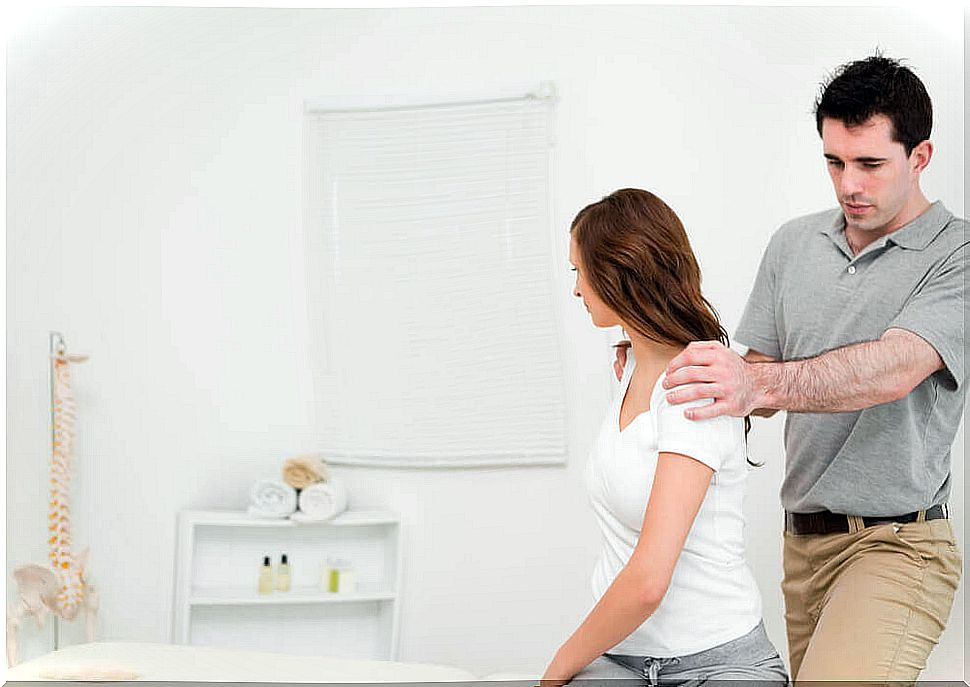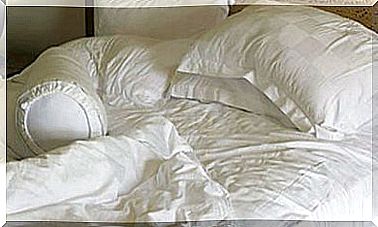What Is Correct Posture?
The idea of correct posture and its supposed health benefits runs deep in everyday life. It is popularly believed that if we do not adopt a “correct posture” we will have headaches, back, shoulders and neck.
But will sitting “bad” really cause you pain? To answer this, you must first know what posture is as such. We will detail it below.
What is posture?
Posture is defined as the position of your body against gravity. It is a process where all our muscles (some more than others, depending on posture) work in a coordinated way to maintain the stability of the body against gravity.

Types of posture
The posture is basically divided into two types:
1. Inactive
Theoretically, it does not need greater muscle activation, since we adopt it to rest or relax, like the posture we have when sleeping.
2. Active
It requires the coordinated action of the muscles. Active posture is in turn divided into two types:
- Static: The body segments are kept in relatively fixed positions, such as when we are sitting, standing, kneeling.
- Dynamics: The body segments move and must respond to external circumstances, such as when we walk, run, jump, or lift something from the ground.
Popularly, when we refer to “correct posture”, we are talking about static active posture where the spine is perpendicular to the ground.
Relationship between posture and pain
The stereotype of incorrect posture is sitting with a hunched back and shoulders forward. It is believed to be incorrect because it is assumed to be the cause of back, neck and shoulder pain, among other things. However, many studies have found no relationship between this posture and pain.
One of the most important was a study in 1994 that evaluated 610 elderly women with kyphosis (or “widow’s hump”). The results found no relationship between kyphosis and pain, not even in the 10% of those with the worst degree of kyphosis.
Other studies have evaluated the posture of people without back pain to see how they feel, and to identify differences between people with pain. The surprise was that people without back pain also slouch when sitting.

And what about the standing posture?
It is highly individualized. The same person can stand up in different ways, regardless of age, gender, height and weight. This variability makes it very difficult to assess posture accurately.
So far, scientific evidence has found no relationship between back pain and the way you sit, stand, or the shape of the curves of the spine. If posture were the problem, everyone who slouched when sitting or standing in a certain way would be in pain.
So what is the correct posture?
I know this answer is very hateful, but it depends. Not even health professionals have agreed on the correct posture. Therefore, until we reach an agreement or it is proven otherwise, the correct posture is one that responds to your daily activities and does not increase pain, if there is any.
For example, professional dancers have a very upright posture because the discipline demands it. But, if we force the correct posture for a dancer on an office worker, the employee will probably start to suffer from back, neck or shoulder pain because that posture does not respond to their daily needs.
Conclusion on correct posture
Posture is important, of course. But it should not be your center of attention. If you don’t have back pain, sit or stand as is most comfortable for you. Focus on getting a good night’s sleep, eating well, and exercising frequently.
However, if you have back pain, certain postures can make it worse. If this is your case, before buying a new chair, evaluate the following:
- Are you not sleeping well?
- Are you eating well?
- How are you emotionally?
- Are you under a lot of stress?
- Do you exercise frequently?
Any of these factors can increase your sensitivity to pain. If you need help, get advice from the healthcare professional of your choice.









